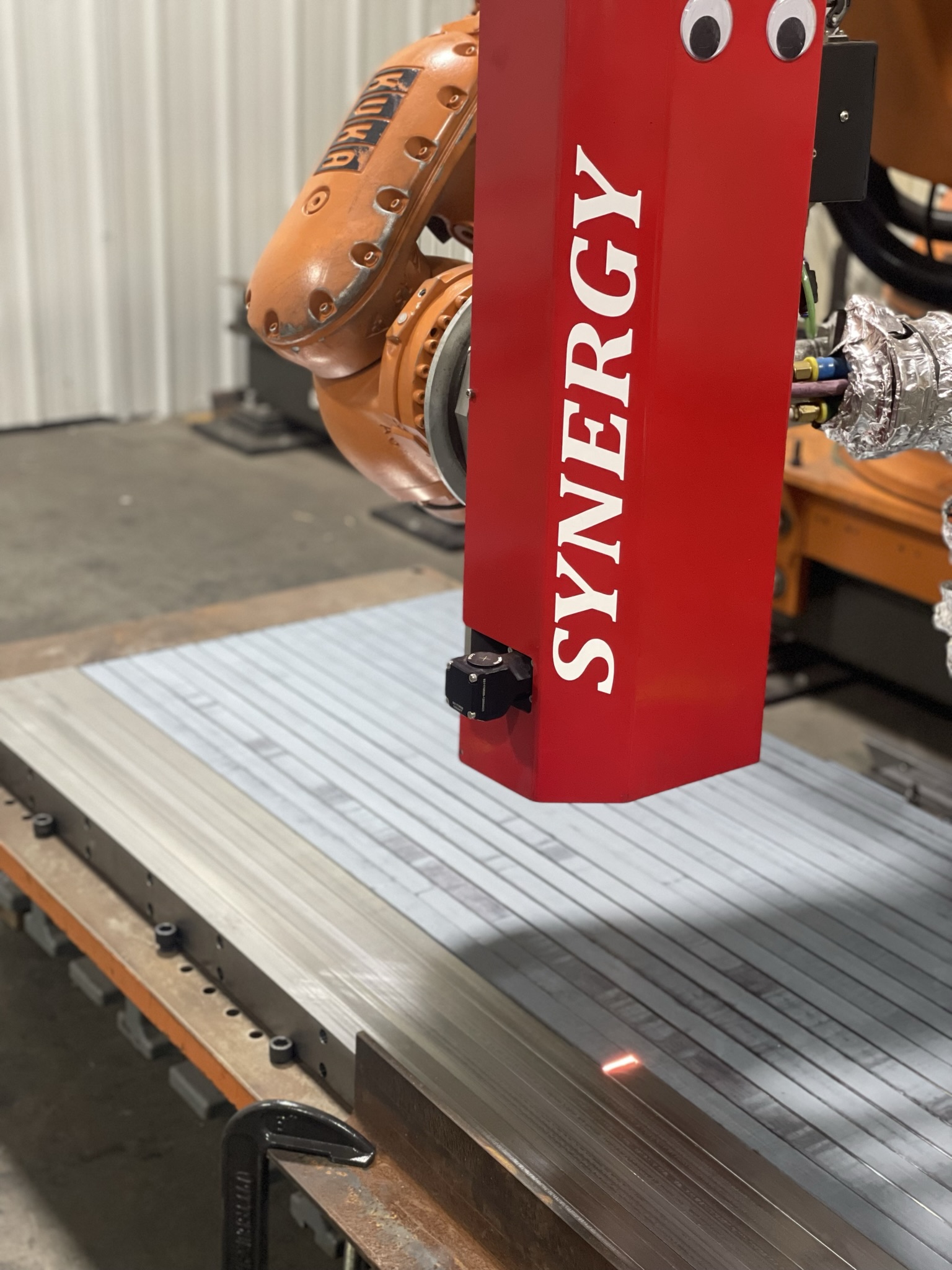Laser heat treatment is indeed a viable alternative for improving the efficiency, safety, and precision of guide rail manufacturing processes. Laser heat treatment offers several advantages over conventional methods such as flame or induction heat treatment.
One of the key benefits of laser heat treatment is its ability to provide precise and localized heating. Laser beams can be focused on specific areas of the guide rails, allowing for targeted heat treatment in the regions prone to wear. This precision helps to minimize distortion and reduces the need for post-machining operations like milling or grinding. By selectively treating only the necessary areas, manufacturers can optimize the process and save time and resources. Another advantage of laser heat treatment is its cleanliness. Unlike conventional methods that require the use of quenchants, laser heat treatment does not require any additional substances. This eliminates the need for potentially hazardous quenching fluids, making the process environmentally friendly and safer for operators.
In terms of hardness, laser heat treatment can achieve consistent hardness levels with a tolerance of +/- 1 HRC (Hardness Rockwell C). Compared to flame or induction processes, laser heat treatment can result in slightly higher overall hardness due to the rapid cooling rates associated with the laser process. This increased hardness can further enhance the durability and wear resistance of the guide rails.
Considering the current challenges in the supply chain and labor shortages, the adoption of laser heat treatment can help manufacturers improve productivity and turnaround times while maintaining high-quality standards. By streamlining the manufacturing process and minimizing the need for secondary operations, laser heat treatment offers a more efficient and effective solution for guide way production.

